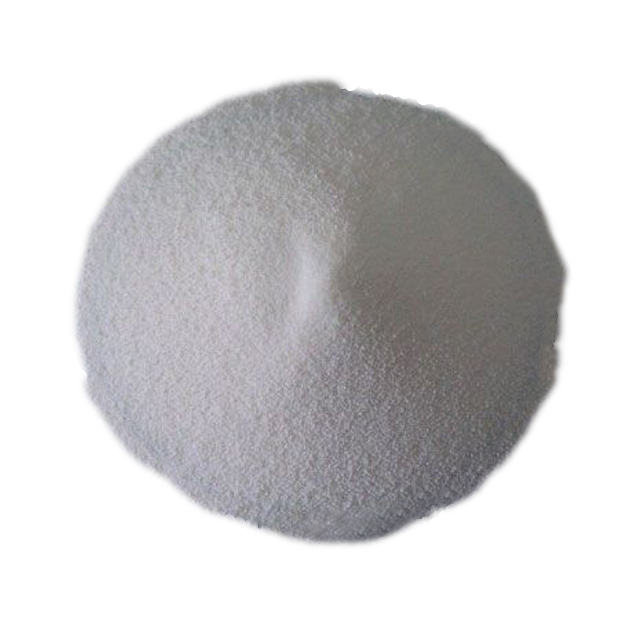In the field of environmental protection,
silica is sparking an innovative revolution with its unique functionality. From water treatment to air purification, from soil remediation to solid waste treatment, this multifunctional material is changing the way environmental protection is carried out.
The application of silica in environmental protection mainly benefits from its excellent adsorption, catalytic properties, and stability. In water treatment, porous silica can effectively adsorb heavy metal ions and organic pollutants. In air purification, silica can serve as a catalyst carrier to improve the degradation efficiency of pollutants. In soil remediation, nano silica can fix heavy metals and reduce their bioavailability.

Recently, a certain environmental technology company has launched a new type of water treatment material based on silicon dioxide. This material uses specially modified silica particles, which can not only efficiently remove heavy metals and organic pollutants from water, but also be reused through simple regeneration. In practical applications, this material has reduced the cost of sewage treatment by 30% and increased treatment efficiency by 50%.
However, the application of
silica in environmental protection also faces some challenges. Firstly, there is a cost issue, as the production cost of high-performance silica materials is relatively high. Secondly, there is environmental impact, as nano silica may pose potential risks to ecosystems. Therefore, researchers are developing more environmentally friendly and economical silica materials.
Market data shows that the global market size of environmentally friendly silica will reach 800 million US dollars in 2022, and is expected to exceed 1.2 billion US dollars by 2025. With the continuous improvement of environmental protection requirements, the demand for high-performance silica materials will continue to grow.
